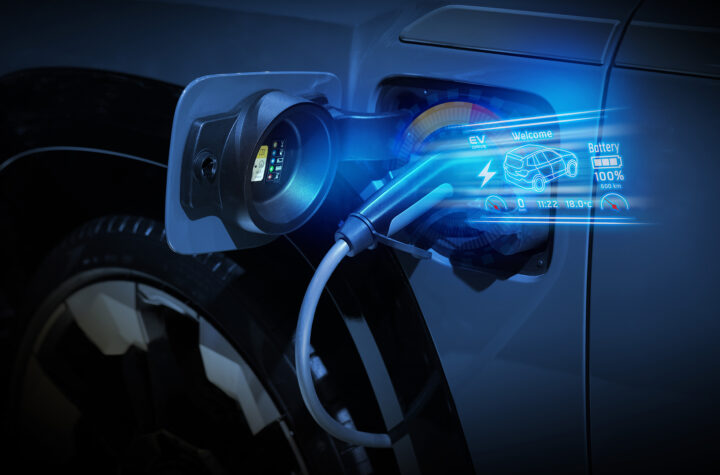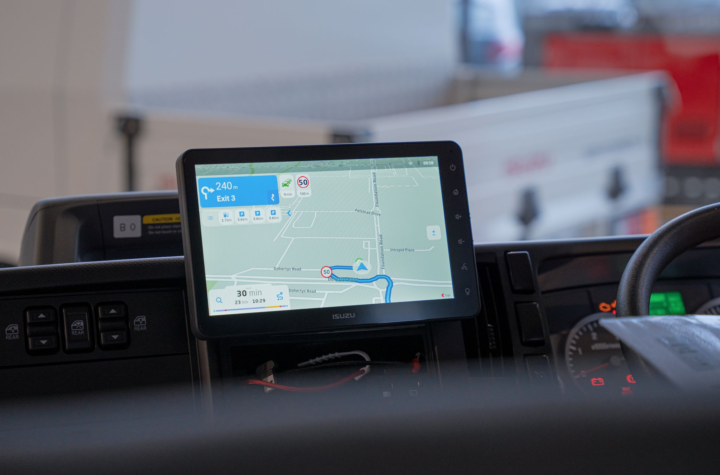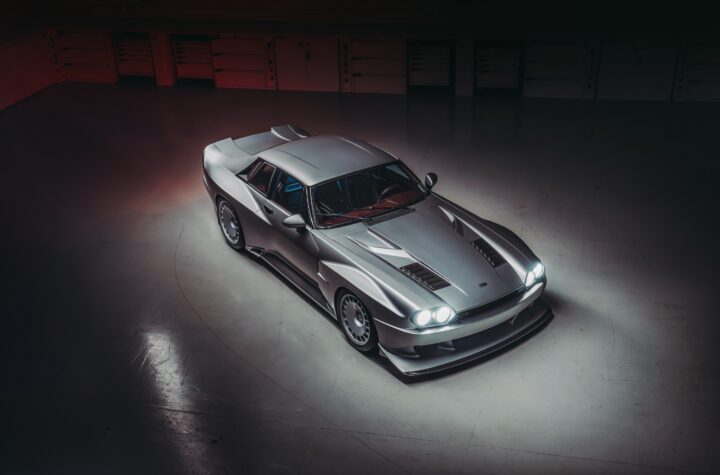
The Swedish firm ACE Simulation AB is breaking new ground in using human-in-the-loop simulators within the automotive industry product development process.
“By adding the driver to the simulation loop we can answer a new set of questions related to the in-vehicle system under developmentâ€, says product manager Calle Isakson at ACE Simulation. “We can at a very early stage in product development evaluate the performance and the end-user acceptance of the system by letting drivers use a software-based virtual prototype in a simulated traffic environment.
We think that the car manufactures must step up to the plate and take the leading role of the integrator. In many ways they already do this with excellence. With the introduction of future in-vehicle systems for active safety, driver assistance, infotainment and new technologies as steer-by-wire this is even more important. The car manufacturers must take a holistic view and look at the bigger picture, vehicle/driver/traffic environment.
With more in-vehicle systems on the way, one risk is to end up with a too complicated or cluttered driver environment within the vehicle. The car selection decision is in many cases strongly influenced by the driving experience made by the buyer. A vehicle cockpit solution that feels right and supports the driver is preferred. Another risk is that one system may negate the effect of a safety function for example, just because we didn’t develop this function with the complete picture in mind.” continues Isakson.
Many actors in the automotive industry including ACE Simulations customers, Saab, Autoliv and Scania have hands-on experience of using this new tool. Autoliv Research (Jan-Erik Källhammer) together with Linköping University (Erik Hollnagel) used the real-time simulator software ASim provided by ACE, throughout the early stages in the development of a future Night Vision system. By applying a simulator-based design approach, experience could be drawn related to several design choices. Should the system use a HUD (Head Up Display) or a display in the mid consol? If a HUD where selected, should it be semi-transparent or not? Different software-based prototypes where driven by several drivers within the simulated traffic environment. Iterative refinement of the design based on knowledge gained from first hand driving experience in the simulator, paved way for deeper knowledge of system requirements e.g. display resolution and image contrast. The output from the simulator experiments where a more refined system requirements as input to the “real†system development project. The end result is today a commercial Night Vision system available in BMW 5-7 series.
Scania (Sven Stafner) used the real-time simulator software ASim as a test bench for a lane departure warning system. In their effort to enhance the robustness of the system they added a filtering function and needed a safe and controllable way to test the complete system function. To fully test this type of system in a real truck leads to difficulties. With a heavy vehicle like a truck, a moment’s inattention can cause a lot of damage. Supplementary testing using the ASim-based simulator was the answer to their need. Scania could feed their warning function with data influenced by the drivers behavior during different traffic situations in real-time. “They could thereby design the system based on experience from these hard-to-test type of situationsâ€, says Isakson. Scania will market launch their LDW-system at the IAA-exhibit in Hannover, 21-28 September 2006.
“The simulated test environment gives many benefits. In the case of Night Vision, your goal is to provide an in-vehicle function that allows the driver to detect potential hazards earlier in night driving situations. Hazards such as a moose don’t come on demand in real life. But in the simulator you can have every critical situation to challenge the system under development. This give you a flexible test environment under total controlâ€, says Isakson.
ACE Simulations experience in using simulation technology within the product development process is based on work done in the aviation industry. A 1.3 million Euro firm, with only 10 employees, ACE Simulation provides the tools for the development of future in-vehicle systems.
Automotive Industries spoke to Calle Isakson, product manager at ACE Simulation and asked him about future developments at the company.
AI: What, in your opinion, is the trend for automotive simulators – ie how do you see them evolving?
Technical simulation is widely used and accepted in the industry today. This could be virtual evaluation of mechanical designs using FEM (Finite Element Method) in stress and deformation analysis for example. Human-in-the-loop simulators is also accepted as a tool for Human Factors studies within the industry and research community. The next step is a growing understanding within the industry to take a better look at the bigger picture, vehicle/driver/traffic environment. Our real-time human-in-the-loop vehicle simulator software ASim is tailored for simulator-based design activities using virtual prototyping compared to other simulators on the market.
As a simulation technology provider in this area ACE have recognized the users need for customization. We offer a solution were the ASim user can add/replace simulator functions by themselves. We provide a scalable solution based on COTS (commercial of the shelf) software and hardware. If the customer don’t want to build there own simulator environment they are welcome to any of our project centers were all equipment and engineering support is available to them.
AI: What are some of the new features ACE is working on for its ASim software?
We now work on areas that further speed up the whole experiment process. This includes reusability, easy-of-use etc. One area that we are looking at is portability. An experiment should be easily transferable between different simulator solutions. This will enhance collaborative possibilities within the industry and research community even if they are using different simulators.
AI: What are some of the other automotive products ACE Simulation is working on?
ACE Simulation also provides hardware-in-the-loop simulators. In this case an in-vehicle ECU (Electronic Control Unit) is enclosed within a virtual electronic environment. Different faults scenarios are then simulated for external sensors, CAN-bus traffic etc. for verification or validation purposes. In our case automation is the thing. Automation of the test cases lowers test costs.
AI: ACE Simulation is a small company, so how much reach does it have across the automotive industry? How do you plan to expand its popularity?
True, we don’t have global reach today. We are expanding the accessibility to ACE technology and services through collaborative partnerships. One of those is for example through the collaboration with the Beckman Institute in USA.
AI: Please tell us about some of your ongoing industrial collaborations and how they work?
Autoliv and Scania have often used our project center in Linköping. The project center provides access to a complete simulator environment. Engineering resources are also available for virtual prototype implementation and test scenario development. If the customer choose to build their own project center in-house we provide all necessary components. This is the road Saab Automobile have chosen. Saab upgraded their simulator environment in Trollhättan with ASim at the beginning of this year. By doing this, they can run their own experiments in-house and streamline the cooperation with the ASim-based simulator at Linköping University.
We also see that automotive tier-1 suppliers have a lot to gain by using human-in-loop simulation technology. Currently we are talking to several suppliers developing different kinds of automotive sub-systems.
“By studying a future system using simulation technology you can base your up-coming product on experience from tomorrow. It’s a little bit of science fiction. But in the end, it will save you moneyâ€, concludes Isakson.














More Stories
Irdeto and ChargeHub Strengthen EV Charging Market with Seamless Plug & Charge Integration and Roaming Solution
Isuzu Trucks in Australia Drive with Sygic’s Embedded Navigation
Global Debut for TWR V12 Super-GT “Supercat”